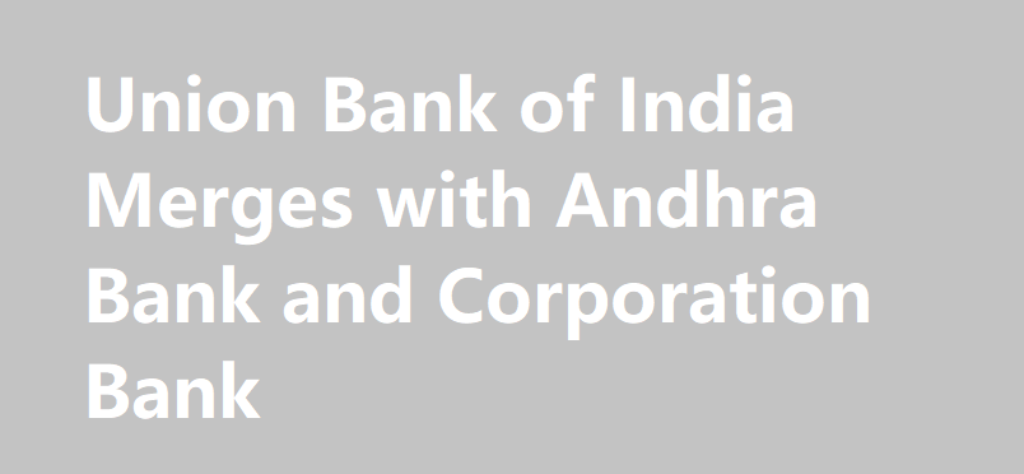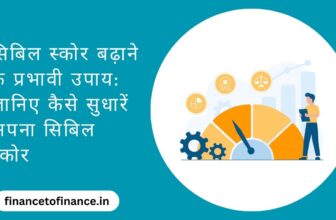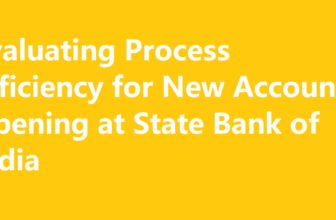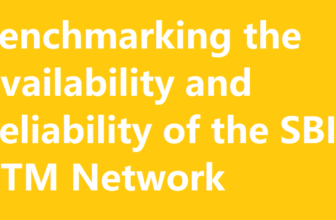
Union Bank of India Merges with Andhra Bank and Corporation Bank
The Indian banking sector witnessed a major consolidation move earlier this year when Union Bank of India (UBI) merged with two public sector lenders – Andhra Bank and Corporation Bank. The merger, which came into effect from April 1, 2020, has created India’s fifth largest public sector bank, with a combined business mix of Rs 14.59 trillion.The merged entity has a network of 9,609 branches across the country, serving over 120 million customers. In terms of strengths, UBI was among the fastest growing PSBs prior to the merger, while Andhra Bank had a strong presence in South India and Corporation Bank was dominant in the western states with a good CASA base.

Reasons Behind the Consolidation
The merger is part of the Centre’s mega plan to consolidate 10 public sector banks into four, with an aim to build next-generation banks in India. The objective is to equip PSBs with scale, reach and capabilities to increase operational efficiency, risk appetite and capacity to raise resources.
Globally, consolidation in the banking space has been an inevitable outcome in order to absorb shocks, limit risk, and acquire scale and synergy benefits. For India too, consolidation of PSBs has been on the agenda for long. The merger is expected to lead to meaningful consolidation of banks, stimulate credit growth and result in synergies across operations, branch networks and customers.
Impact on Customers
For customers, the merger brings forth access to an enlarged branch network, improved product offerings backed by cutting-edge technology and unified processes across banking platforms. Customers can now experience enhanced digital platforms, diversified loan offerings tailored to regional needs, and unified access to financial services across the nation.
With a wider footprint, strengthened balance sheet and larger capital base post the merger, the bank aims to offer customized services to retail, MSME, agriculture and other customer segments. The bank also has greater lending capacity now to spur credit growth in vital sectors to aid India’s economic progress.
Outlook for Further Consolidation
With the merger, the government has swiftly executed the first three PSB mergers out of the 10 it originally planned. The consolidation landscape for nationalized banks in India still has a long runway ahead.
Bank analysts believe this merger will significantly strengthen India’s financial system and reshape the banking sector to support the next wave of economic growth. As part of further steps, the Centre plans to reduce government ownership in PSBs below 51% while continuing to retain control. More bank mergers in the future are likely on the cards as PSBs team up to stay financially resilient.
The mega merger sets the stage for Indian PSBs to adopt reform measures to modernize banking, undertake digital transformation initiatives to strengthen customer connect while serving national priorities in a globally competitive, tech-driven landscape.
Conclusion
The consolidation of Union Bank of India with Andhra Bank and Corporation Bank is a defining moment for public sector banks to gain economies of scale, leverage technology optimally and build robust risk management systems while driving credit growth and financial inclusion for supporting national growth objectives.
Also read,






